Can you jump a car in the rain? It is a common question when drivers are stuck in a downpour with a dead battery. This issue is worth considering because electrical systems and water often create negative reactions. If the answer is yes, what should you do to avoid trouble? Scroll down for our proper steps.
Is It Dangerous To Jump A Car In The Rain?
No, it is almost safe to start the car in the downpour. Car batteries do not store enough voltage to result in a fatal accident. However, improper practices can cause injury to you and damage to your vehicle.
Things To Keep In Mind
Practice with extreme caution when starting your vehicle in wet conditions. The first safety rule is to dry the battery and emergency cable. Water seeps into the power cord, causing a short circuit and electric shock after you have fully charged the battery.
Then you should check their condition. It is best to ensure that the insulation is intact and that no internal components are exposed. You cannot risk trying with frozen or leaking batteries.
Follow suit with all necessary safety rules and measures to eliminate the risk of accidents. What you need to do includes:
- Wear protective gear before performing any of these actions with your vehicle
- Never work with batteries of different voltages (The lower-voltage one will likely overheat, bulge, or explode)
- Do not let the two terminals contact with each other (because electrons will flow from one end to another, which will shorten the battery’s life and probably cause an explosion)
- Connect the cables in the correct order: red (positive) first, black (negative) after
- Last but not least, move under an umbrella or awning if possible.
Potential Risks
Car batteries only deliver 12V DC, while residential electrical systems that likely cause electric shocks usually produce 110 – 2220V AC. Despite low possibilities, it is worth considering the following risks.
Shocks
An incorrect connection can leave mild numbness in your fingers. Another cause is that wet hands lead to electrical conduction. Although they are not serious cases, they do hurt.
Eye injury
The Sight and Hearing Association (SHA) has estimated that about 6,000 drivers have blindness and other eye injuries due to their unsafe battery jumping every year (as per Issuu). The root behind this damage does not arise from electricity but sulfuric acid.
When the hydrogen gas generated from the battery is exposed to electromagnetic sparks, they create an explosion that spreads the acid into the air. This corrosive substance brings burns to the eyes, skin, and other exposed body tissues.
Severe damage to the vehicle
The inexperience of the driver may break down the electrical components. For example, when you operate with the terminals in the wrong sequence, the current becomes chaotic and ignites the generator.
How To Jump Start Car In The Rain
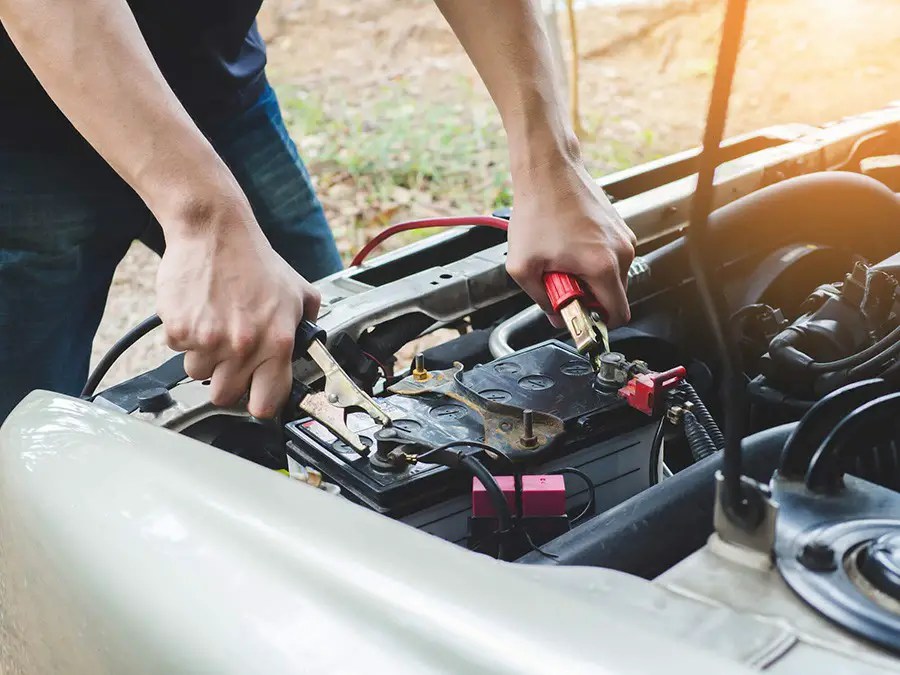
Step 1: Put On Your Protective Gear
As mentioned above, protective gear has much to do with your safety. All you need are goggles and mechanic gloves. These items protect exposed body parts from hazardous substances and sharp metal components of the chassis.
We also recommend flash or pendant lights, usually available in emergency kits. It gives you a clear vision of the repair. Meanwhile, the reflective triangle acts as an additional warning light to other road users of your presence.
Step 2: Position Two Cars
Turn off unnecessary electrical equipment such as headlights, navigation, or radio when trouble occurs. You certainly do not want these features to drain your battery. Apply the emergency brake, and turn on the hood and the hazard lights before getting off the vehicle.
Now it is time for the hardest part but sometimes the easiest – finding a working car for a power supply. If you have a battery pack available, skip to the following section.
As soon as you have received assistance, have the driver move their vehicle closer to your stalled car. Maintain a sufficient distance to connect the jumper cable to the two batteries.
Step 3: Cover Hood
Not all riders have the tools available to do this step. But do not ignore it if you have water-resistant materials.
Consider all possibilities, such as a scarf, raincoat, or shawl. Coat whatever you have on top of two hoods to protect electronics. Eliminating any potential threats is never a bad idea.
Step 4: Attach Jumper Cables
As soon as you switch off the two engines, start working on the jumper cable. First, attach the red end to the positive terminal of your battery. Do the same with the remaining and the running battery.
When it comes to the black cable, attach one to the negative terminal of a working car and the other to your vehicle’s metal surface (unpainted).
Step 5: Wait And Start Again
Restart the donor car and let it run for a few minutes. This process activates and charges the dead battery.
Then try restarting your car. Even when it has successfully switched gears, do not rush to turn off the engine because this may kill the battery again. Waiting an extra 15-20 minutes before disconnecting is a reliable idea.
If your previous steps are in vain, check with the connections. Chances are you need to loosen the clamp or clean the terminals for better results.
Unfortunately, you may occasionally fail despite your best efforts. Call roadside assistance for professional mechanic service.
Step 6: Disconnect
Your final mission is to remove the jumper cables and hit the road. Remember that the order of execution takes place in reverse from when you attached them.
This principle is important for your safety. It would help not to let the clamps come in close contact. Pay close attention to the involved tools and your hands until everything is done.
Jumping A Car In The Rain With A Portable Jump Starter
Everything becomes simpler if you have a portable starter in the trunk. The appearance of this device eliminates a lot of the weighing work, as the tutorial above, and saves time. The process is as simple as a piece of cake in just 4 steps.
- Take out the portable charger and check for its charging status.
- Turn off the engine and put on protective gear
- Connect the red clamps to the battery’s positive terminal, then the black clamps to the unpainted metal.
- Turn on the battery and try jumping your car after a few minutes.
FAQs
Can I Start My Car During Thunderstorms?
Luckily, you can. Despite the harsh weather, some sources claim that the rubber tires insulate and you are protected. That said, consider the risk of staying outside during thunderstorms.
Is It Safe To Jump A Car In The Rain If Its Battery Is Wet?
Yes. It is not a big deal as long as the water-proof caging covers the battery. However, it would help if you kept it as dry as possible to stay safe at minimal risk.
How Long Should I Let My Car Sit After Starting It?
You can jump the car after a few seconds of connection but let it idle for about 30 minutes before hitting the road. This helps to warm up every component inside and charge the dead car battery.
Can I Touch My Car While It’s Being Jumped?
Yes, of course, except for both cars’ grounded components attached to the jumper cable’s positive terminal.
Conclusion
As you have seen, the tutorial is not dangerous as long as you follow our step-by-step instructions. The negative clamp should never be attached to the flat battery as it triggers a fire due to hydrogen gas. Pay close attention to every step you take and commit to safety measures.

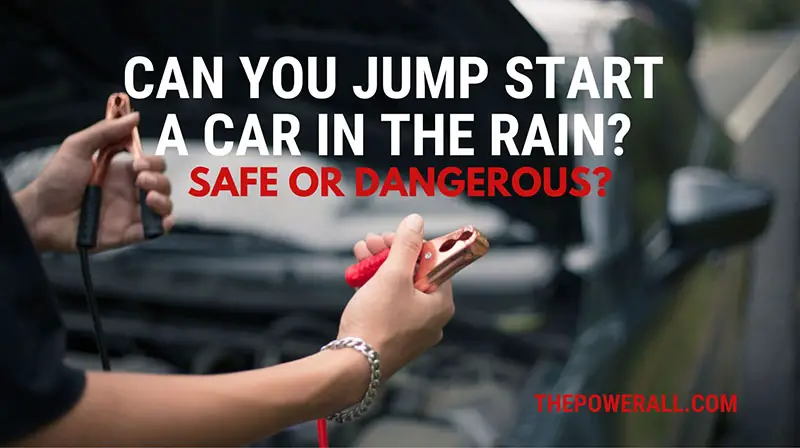

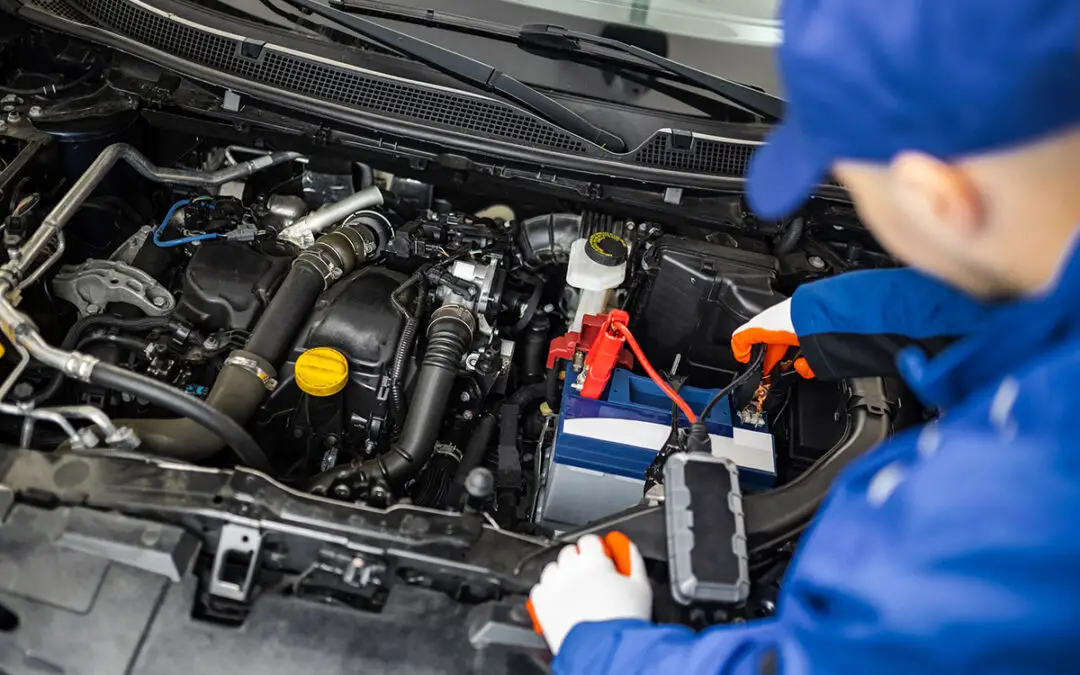
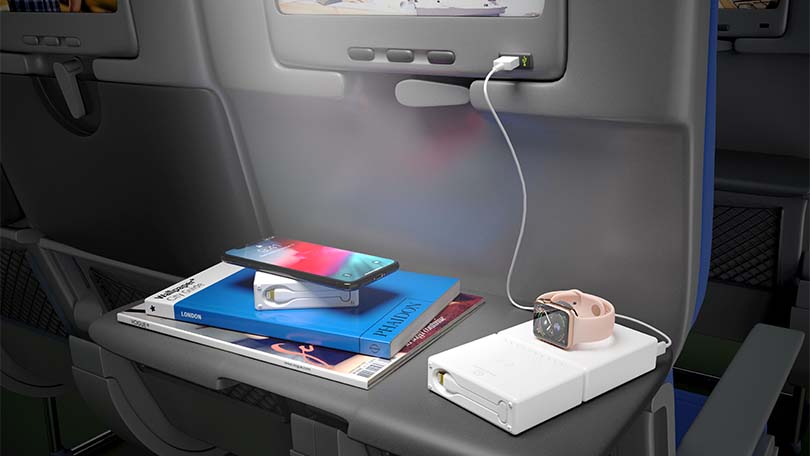



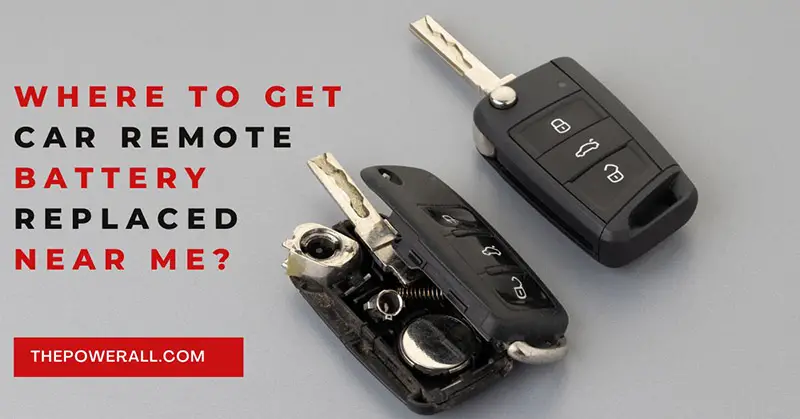
0 Comments